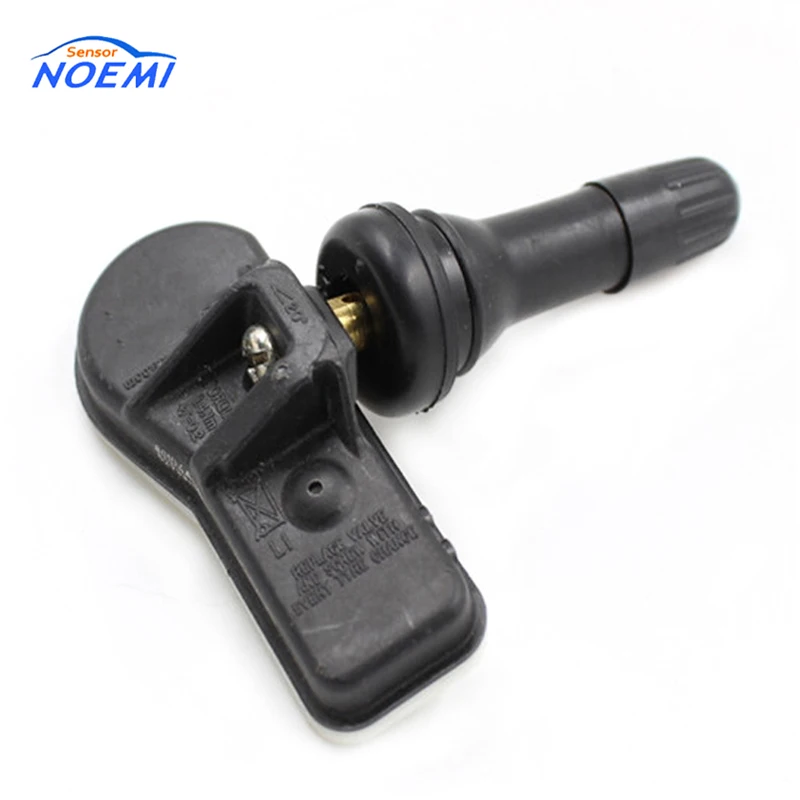A Hyundai Sonata’s recommended tire pressure is 34 pounds per square inch (PSI). Maintaining this pressure is important so that your tires wear evenly and you arrive at your destination safely.
For your vehicle to be most efficient, make sure your tire pressure is just right—not too low and not too high. Improperly inflated tires can result in bad fuel economy, steering issues, or even a dangerous blowout.
You could end up paying a lot for repairs down the road simply because your tires needed air. Avoid all this by regularly checking your Sonata’s tire pressure.
Car insurance
super app
Jerry
is here to break down how to manage Hyundai Sonata tire pressure. Learn how to check tires, how to reset the warning light on your dashboard, and more.
Stick around until the end, and we’ll even provide tips for lowering
Hyundai Sonata insurance costs
(or insurance for any other vehicle)!
What is the right tire pressure for a Hyundai Sonata?
For both the front and rear tires on a Hyundai Sonata, the correct PSI is 34. You can confirm this info by referring to your owner’s manual or the sticker on the doorframe on the driver’s side.
Trim level often dictates the recommended PSI. The
Hyundai Sonata SE
, for instance, also needs 34 PSI. The
Hyundai Sonata SEL Plus
, on the other hand, requires 34 to 35 PSI. It’s only a slight difference but accuracy counts here.
Tire pressure recommendations for other Hyundai vehicles
Vehicle | Front tire pressure | Rear tire pressure |
|---|---|---|
2022 Hyundai Tucson | 35 PSI | 35 PSI |
2022 Hyundai Sante Fe | 35 PSI | 35 PSI |
2022 Hyundai Kona LE | 36 PSI | 36 PSI |
2022 Hyundai Palisade | 36 PSI | 35 PSI |
2022 Hyundai IONIQ | 36 PSI | 36 PSI |
2022 Hyundai Santa Cruz | 35 PSI | 35 PSI |

ZIP Code
ZIP Code
Find Savings!
No long forms. No spam calls. Free Quotes.
4.7/5 App Store Rating, 8,100+ Reviews
Trusted by 1.5+ Million Customers.
Don’t forget that different types of tires need different amounts of tire pressure. High-performance tires may have different recommended tire pressures than the tires that come standard with your Hyundai.
So, if you modify your tires, make sure you know their specific tire pressure requirements.
How to check Hyundai Sonata tire pressure
Each tire on a Hyundai Sonata is equipped with a tire pressure monitoring system (TPMS). This will light up if at least one tire is severely under-inflated. Once this telltale sign illuminates, you need to check your tire pressure and add air to the recommended level.
You don’t have to wait for a sign, though. In fact, these monitoring systems notoriously fail. So, the best strategy is to regularly check your tire pressure.
So, the best strategy is to regularly check your tire pressure.
To check tire pressure, remove the valve stem cap from each tire and then push a tire pressure gauge onto the valve stem. This will give you a reading and indicate whether you need to add or remove air.
You should be on the lookout for some low-key indicators of tire issues . These include decreased performance, an uneven ride, and wonky steering. Whatever the reason for your concern, you should always inspect it right away.
RECOMMENDED
No spam or unwanted phone calls · No long forms · No fees, ever
ZIP Code
ZIP Code
Find insurance savings (100% Free)
How often should you check tire pressure?
Inspect your tire pressure monthly and before going on any long road trips.
How to tell if your Hyundai Sonata needs new tires
You should change your Hyundai Sonata tires every five to six years. You might need to do it sooner if you notice wear and tear on the treads, which you can look for when checking the tire pressure.
If a tire has low tread depth and/or cracks and bulges, you should take your car to your mechanic to install new tires.
Three other signs that you need new tires for your Hyundai Sonata include:
Another way to inspect tires is with the penny method. It might seem weird but it works! All you have to do is insert a U.S. penny Lincoln’s-head-first into the tread. If the top of President Lincoln’s head is still visible, then you need new tires.
How to reset the Hyundai Sonata tire pressure monitoring system (TPMS) light
Sometimes the warning light connected to the TPMS won’t turn off. When this happens, you will need to
reset your tire pressure light
.
Here are a few ways to reset your TPMS:
Turn on your car battery, leaving the ignition off. Find the TPMS reset button and press it until the light blinks three times. Release the button, turn on the ignition, and the light should now be off.
Inflate the tires (including the spare tire) to three PSI over the recommended amount. Then, deflate and inflate them again to the exact recommended tire pressure.
Drive for at least 50 MPH for a minimum of 10 minutes. When you turn on the car again, the light should be off.
With the vehicle off, disconnect the positive battery cable under the hood using a wrench. Then, turn on the car, honk the horn for 3 to 5 seconds, and turn the car back off. Then, reconnect the
battery
.
Each of these methods should successfully reset the TPMS.
How to save on Hyundai Sonata insurance
Making sure you drive with the correct tire pressure can help you save on car-related expenses while increasing your Hyundai’s fuel efficiency.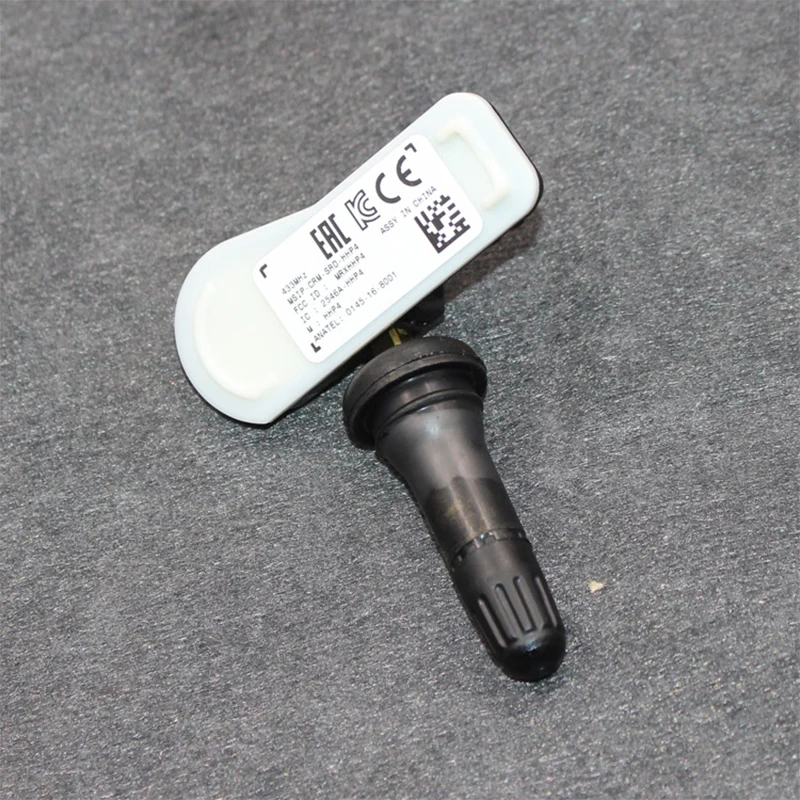
Another proven way to save on ownership costs is to use the
Jerry
app to lower your
Hyundai car insurance costs
! Jerry is a licensed broker that partners with some of the nation’s top-rated providers. We’ll scan competitive quotes in under a minute, delivering the best deals straight to you.
Once you’ve found a better rate, Jerry’s team of agents will take the reins, handling all the paperwork and phone calls to help you switch providers. Users save an average of $800+ a year on
car insurance
.
“I was paying roughly $180 a month for insurance, but
Jerry
hooked me up with an Allstate full coverage plan for only $89! I’m so glad I trusted Jerry to find me a better plan.”—David A.
RECOMMENDED
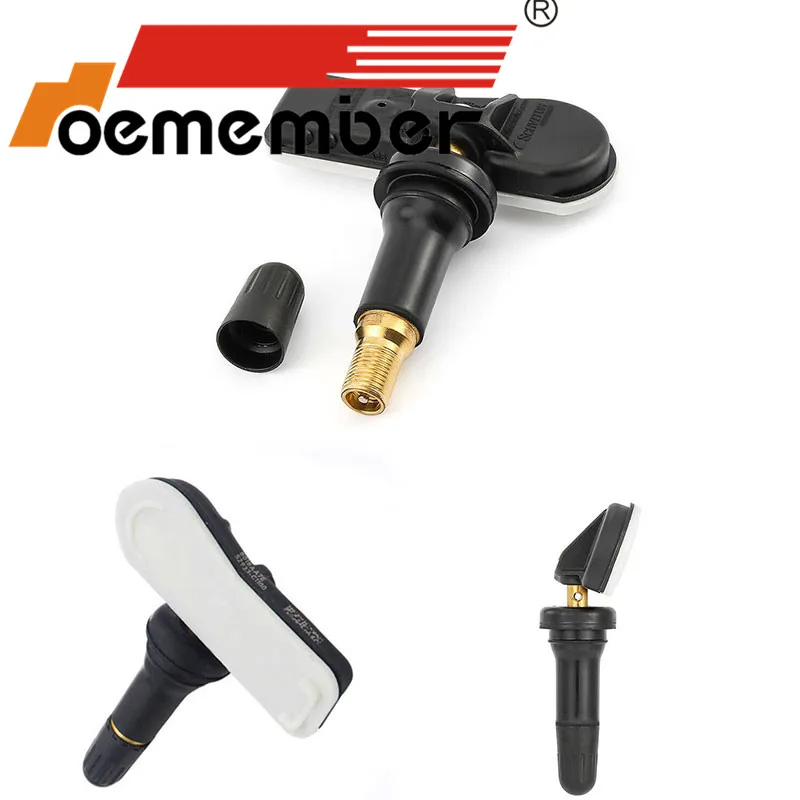
Judith switched to Progressive
Saved $
725
annually
Alexander switched to Travelers
Saved $
834
annually
Annie switched to Nationwide
Saved $
668
annually
The tires’ pressure is very important both for the security and for the performance of our car.
⚠ There are 3 ways of checking which pressure is the recommended for your Sonata:
1- In general terms, for street cars, SUVs and Pickups, the recommended pressure is usually around 34 psi. If your car is very loaded, you could go up to 38 psi without problems.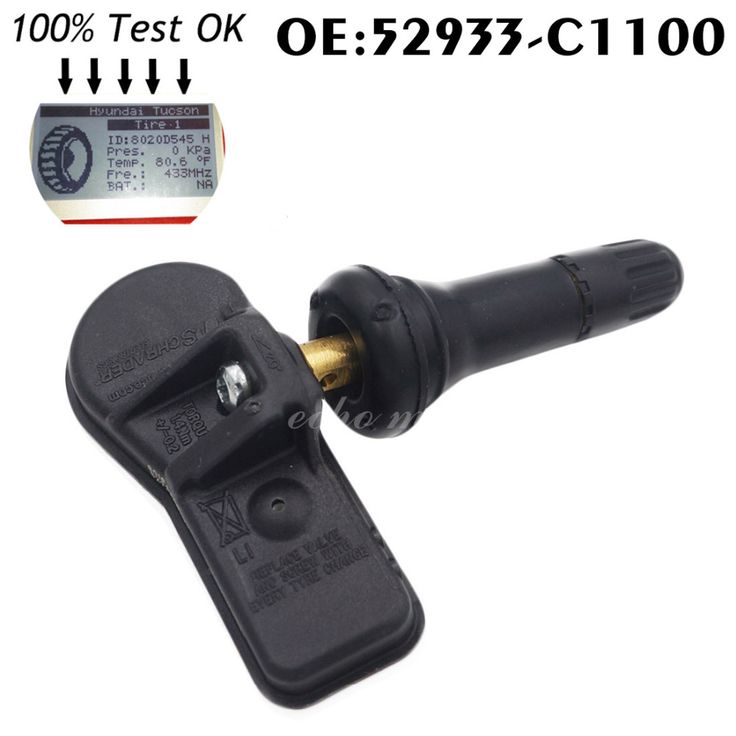 For sport cars (with very low profile tires), the usual thing to do is to inflate them to 40 psi.
For sport cars (with very low profile tires), the usual thing to do is to inflate them to 40 psi.
2- Look up the recommendation in your owner's manual.
3- Look up the tag in your car. You can find it sticked in the internal frame of the driver’s door, in the fuel-charger lid or in the sun shield. It will look like this one you can see here:
The tag with the recommended pressures varies according to the car’s manufacturer. Here we show you an example where you will be able to see how to interpret its data:
A - The columns on the right show the pressure of the back tires.
B - The columns on the left show the pressure of the front tires.
C - If we read the rows horizontally we will see that there is a recommended pressure according to the load that our car will carry (represented in people and luggage).
D - The information that appears at the bottom is the recommended pressure for your temporary auxiliary tire, which is not the same as the one recommended for the rest of the tires, due to its smaller size.
E - The data T125/60 and R18 which appears in this example corresponds to the measurements of the temporary auxiliary tire.
Depending on the country of origin of your Sonata, the pressure of the tires may be measured in "psi" (commonly called “pounds”) in "bar" or in “Kpa”. That’s why in your car’s chart you can find any of them. Take the machine that you will use for the measurements and check which unit it uses and consider only that data in the tag. The other data will be the equivalent in other units, so you don’t need to use it.
The tires’ pressure was well studied by the manufacturers in order to guarantee:
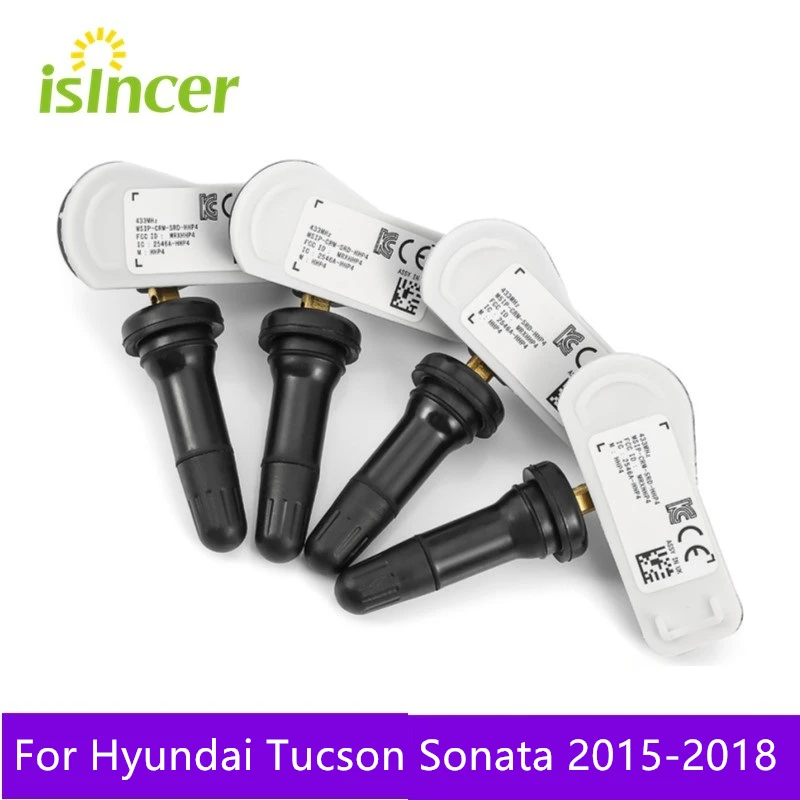 Also, it reduces the temperature of the tires, lessening the chances of having punctures.
Also, it reduces the temperature of the tires, lessening the chances of having punctures. The correct tire inflation level ensures that the tires’ footprint is optimal. More or less pressure will provoque undesired deformations. As a consequence, there will be an uneven erosion and less adherence than the one needed.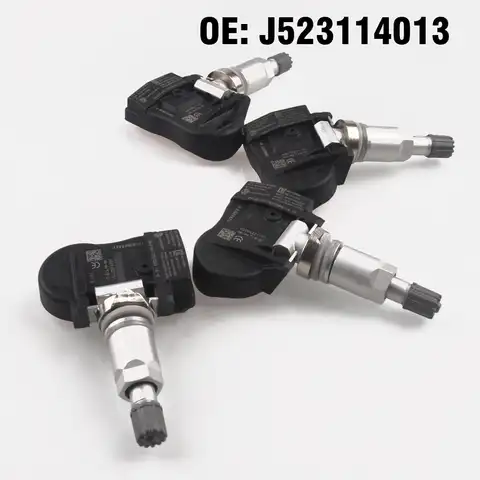
You can use other pressure, but only in specific situations and knowing its possible consequences:
⚠ An important recommendation: while circulating in wet grounds (such as the ones you find on a rainy day), it is key to keep the adequate pressure, recommended by the manufacturer; because it will guarantee you better adherence to the ground and therefore you will avoid accidents.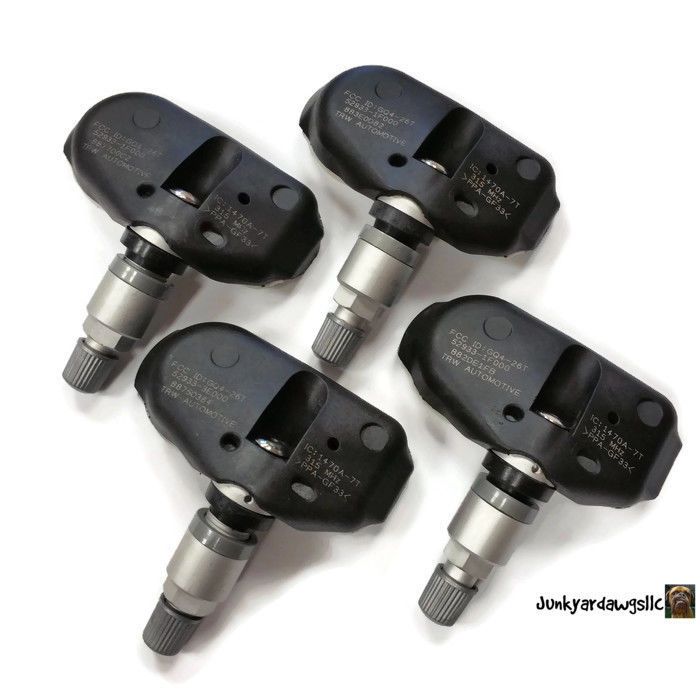
Have you found an error in this guide? Let us know
Was this information useful?
Thank you!
Read more about Hyundai
and Tires' pressure
How to change one of your Sonata‘s wheels?
What kind of information is engraved in the tires of your Sonata?
How to rotate the tires of your Sonata?
Do you like StartMyCar? Follow us on Facebook
Popular searches
RadioClutchOverheatingFusebox
Users browsing this forum: no registered users and 0 guests
#23150
Message wulf »
to come back to the beginning
#23155
Message Agent 007 »
It depends on what kind of rubber, as it is written on the doors of the sonata, 2.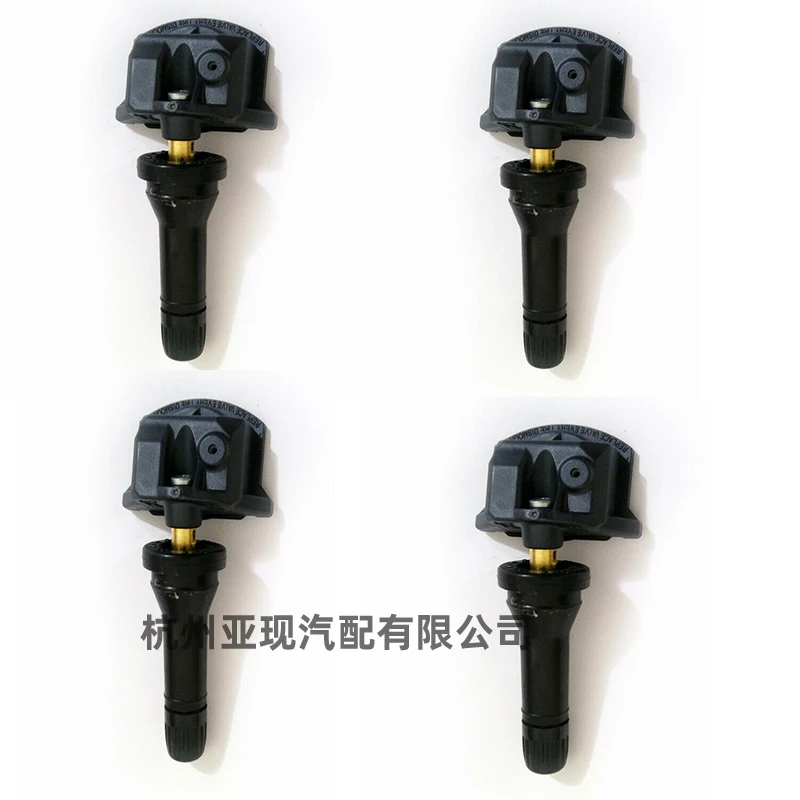 3 atmosphere, but then I pump 2.0 atmosphere very hard, then it is comfortable and there is no harm to the rubber.
3 atmosphere, but then I pump 2.0 atmosphere very hard, then it is comfortable and there is no harm to the rubber.
Sonata 2.7 MT 10 Tagaz.
to come back to the beginning
#23159
Message Serg »
I have nokia hacka 205/60/16 download 2.2
Sonata - silver 2004 2 liter, handle, tinted 5% rear
#23160
Message wulf »
I have a Kumho Solus Kh27 205 55 R16
sonata 2005 2 liters on handle
to come back to the beginning
#23163
Message 848 »
Pump as much as you feel comfortable.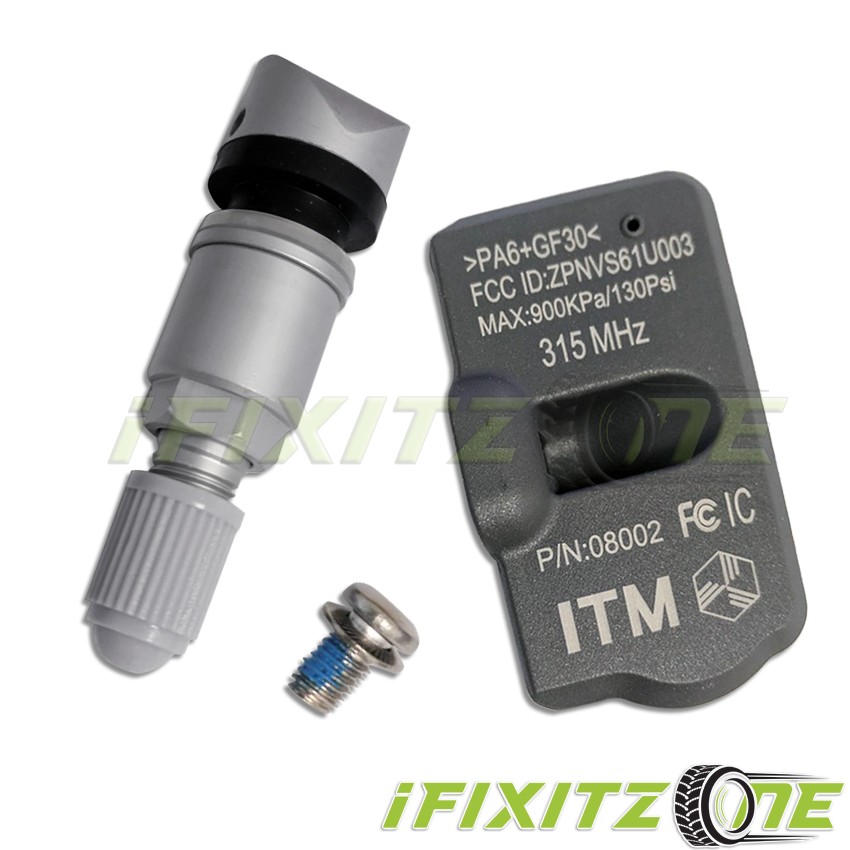 I was pumped up in montage 3, okay, it didn’t burst yet, I drove 150 on them along the highway, counting every bump as an ass.
I was pumped up in montage 3, okay, it didn’t burst yet, I drove 150 on them along the highway, counting every bump as an ass.
Lowered to 2.1 and everything was ok.
Turanza rubber (not stock) 205 65 16
to come back to the beginning
#23174
Message Krasnoarmeyets »
in the heat in the tire, the air heats up and, accordingly, the pressure is more than
205/60/16 in winter, 2.2-because. cold and air ................................... well, you understand me .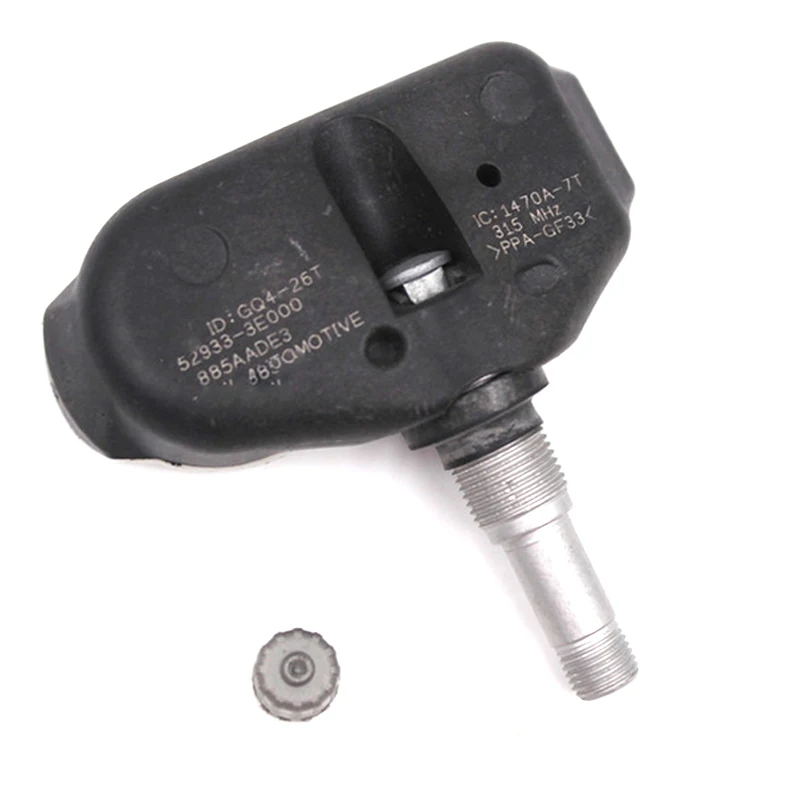 ....... .........
....... .........
Was Sonata V 2.0 MT-2 Shind&Shreki&Catsmotorstuning&desing 2008
Now IX35
to come back to the beginning
#23266
Message Admin »
You need to pump 2.1-2.7 into the rubber of the standard size, depending on the brand of rubber and the average load of the car (2.7 is when you carry all the relatives from the dacha and another potato in the trunk to the eyeballs).
This achieves an optimum contact patch and wear.
to come back to the beginning
Return to "All about tires and rims (except sales)"
Go
 fluids (oil, antifreeze, brake fluid)
fluids (oil, antifreeze, brake fluid) 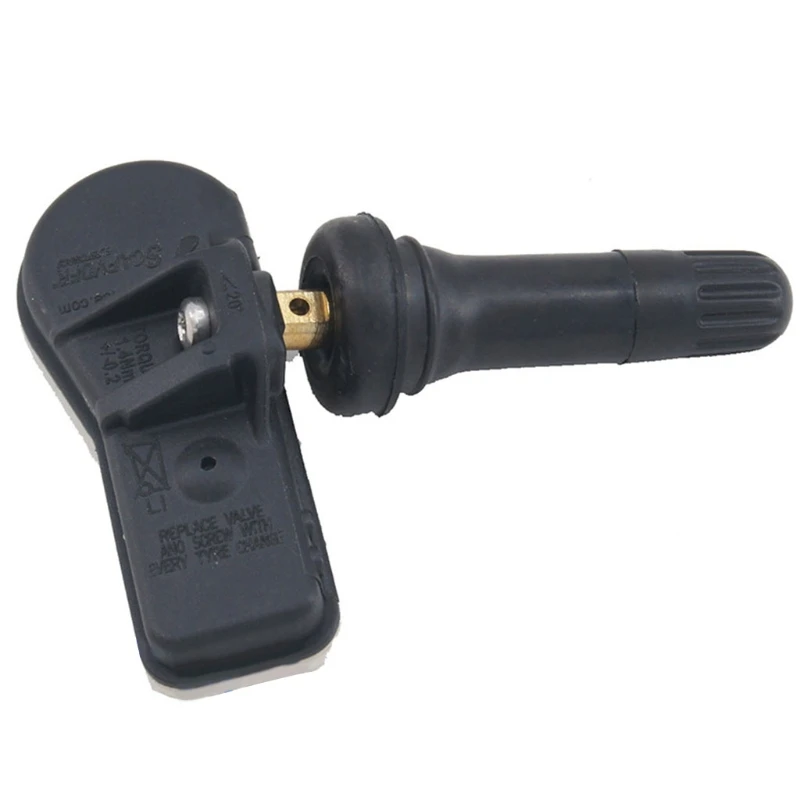 VIN inquiries.
VIN inquiries. 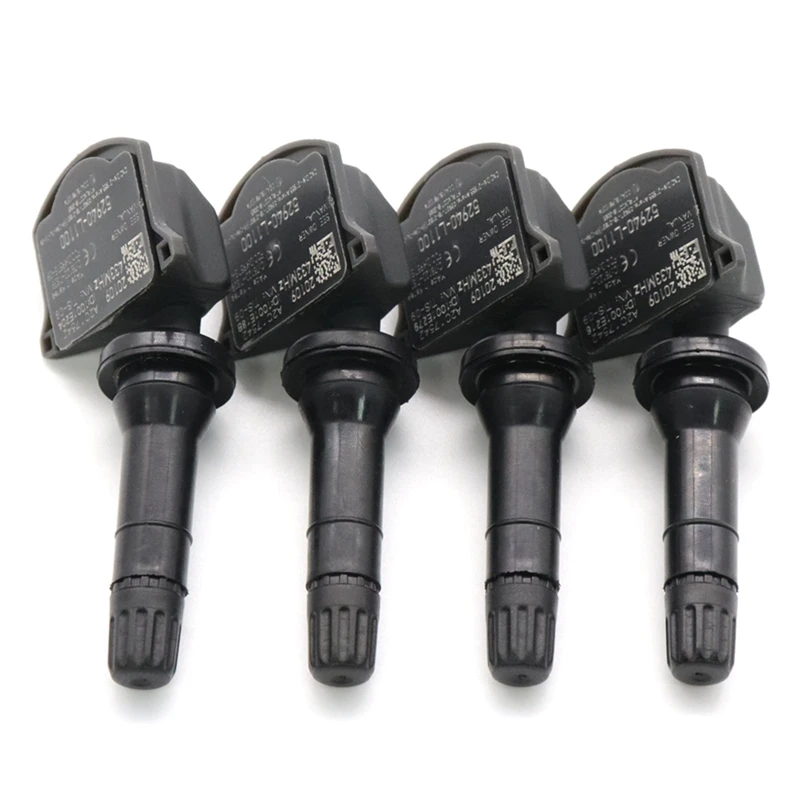 ru - questions, wishes, suggestions
ru - questions, wishes, suggestions ■ for instrument cluster type B
Low tire pressure warning light (1) / Malfunction indicator TPMS systems (2)
In cold weather, the pressure in each of the tires, including the spare wheel (if any) and, if necessary, bring tire pressure up to the manufacturer's recommended level (indicated on the information plates of the car and tire pressure level).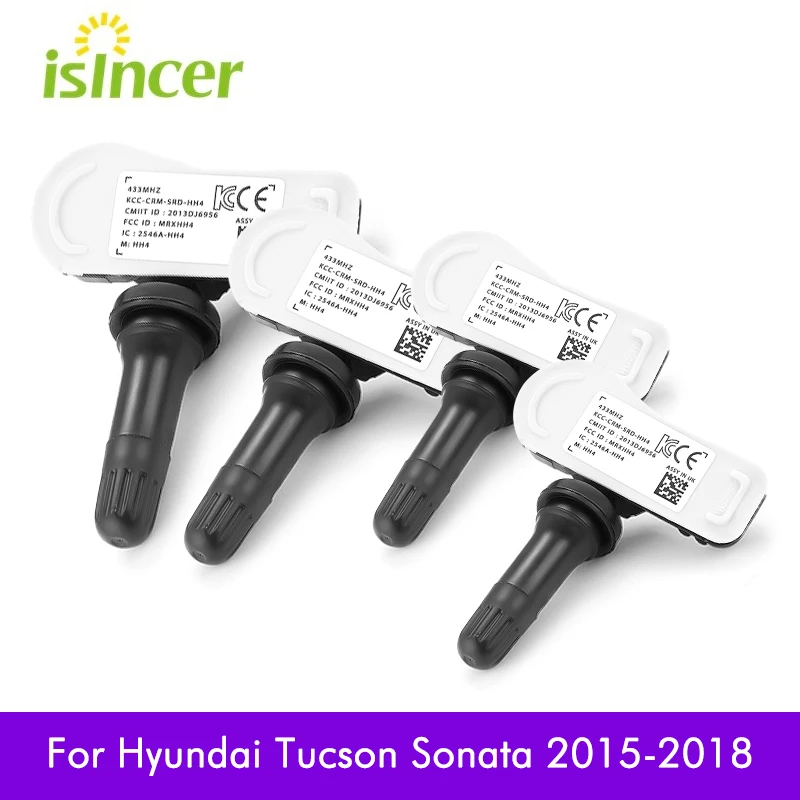 (If The vehicle is fitted with tires that differ from those indicated on the plates. size, you must determine the appropriate pressure level for them.)
(If The vehicle is fitted with tires that differ from those indicated on the plates. size, you must determine the appropriate pressure level for them.)
As an additional security system, the car can be Equipped with a tire pressure monitoring system (TPMS) that provides indication of a significant reduction in pressure in one or more tires with with a low tire pressure warning light.
If the low tire pressure warning light comes on, it is necessary to stop the car as soon as possible, check the condition of the tires and bring to their pressure levels to normal. Continue driving at low pressure in tires can cause overheating and mechanical failure of the tires. The operation of tires with lower pressure also leads to an increase in fuel consumption, reduced tire life, and may also affect handling and stopping distance of the car.
Please note that the use of TPMS does not mean that there is no the need for proper tire maintenance or maintenance proper pressure, even if the reduction in pressure level is not sufficient to activation of the low pressure warning device in the tires of the TPMS system.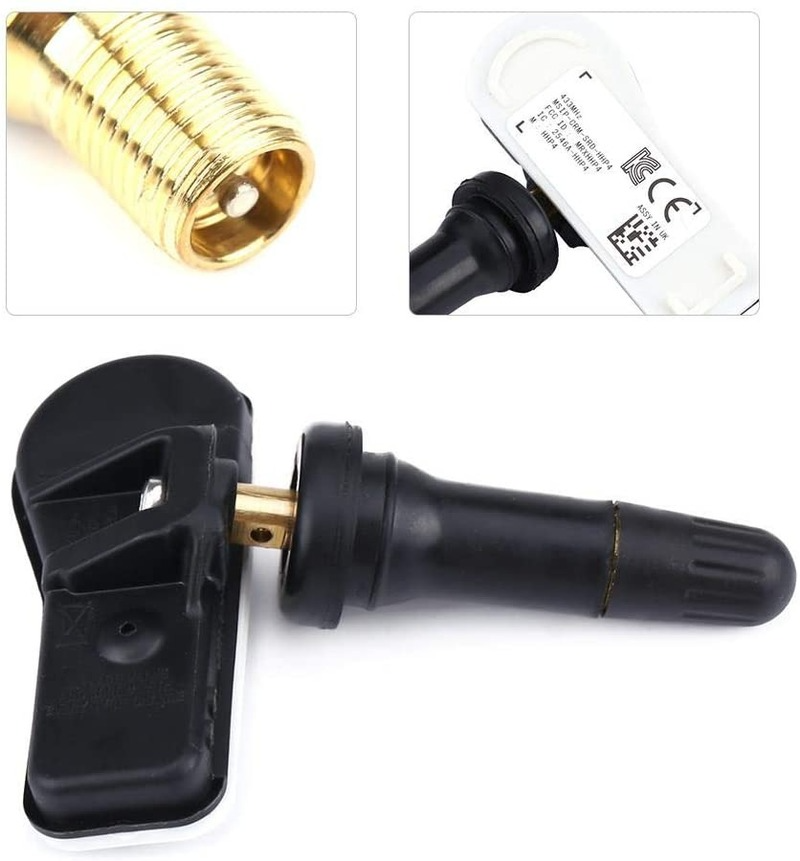
The vehicle also has a TPMS malfunction indicator, to control the correct operation of the system. Indicator Malfunctions of the TPMS system combined with an indicator device for low tire pressure. When a malfunction is detected, the indicator device will flash for about one minute and then turn on constantly. This sequence will be repeated on subsequent launches. engine while the fault is present. If the malfunction indicator on, possibly incorrect detection or low level indication tire pressure. A malfunctioning TPMS system can be caused by various reasons, including fitting or changing tires or wheels.
Always check the TPMS malfunction indicator after replacing one or more tires or wheels or swapping them in order to Verify that the TPMS system is working.
If the low tire pressure indicator (TPMS) does not light up for 3 seconds after turning the ignition key to the BKJI(ON) position or starting engine or continues handful but after approximately 3 s, We recommend that you contact an authorized Kia dealer.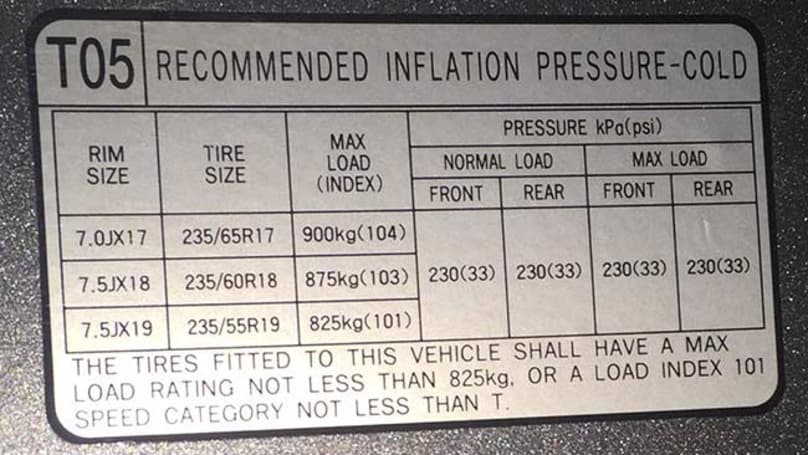
Low tire pressure warning light
Tire pressure warning lights on indicates a significant decrease in the level of pressure in one or multiple tyres.
Reduce your driving speed immediately. Avoid sharp turns and remember to increase the stopping distance. In this case, you must immediately stop the car and check the tire pressure.
Adjust the tire pressure to the correct pressure indicated on the information plates located on the middle pillar of the outer panel body trim on the driver's side. If you are unable to get to a service station, or the tire does not hold the added volume air, replace the low pressure tire with a spare.
In this case, the TPMS system malfunction indicator and indicator The low tire pressure device may turn on and burn after restart the engine and for approximately 20 minutes of continuous movement until the blown tire is repaired and installed.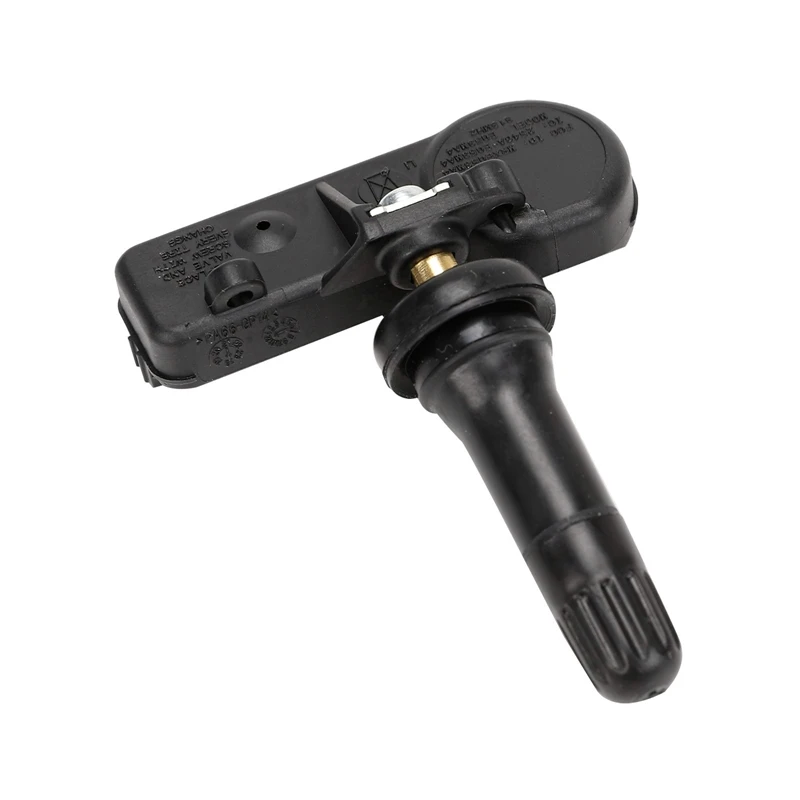
In cold weather, the low tire pressure warning light may light up when the tire pressure is set to the recommended warm weather. This does not mean a malfunction of the TPMS system, as the downgrade temperature leads to a proportional decrease in tire pressure.
When moving from an area with low temperature to an area with high temperature and vice versa, or if the outside temperature is significantly higher or below, it is necessary to check the tire pressure and bring it to recommended level.
- Danger of low pressure Too low tire pressure can lead to loss of vehicle control and increased stopping distance.
Continued driving with low tire pressure may result in overheating and mechanical destruction of tires.
TPMS system malfunction indicator (pressure monitoring system in tires)
the low tire pressure device will flash for one minute and then it will turn on continuously.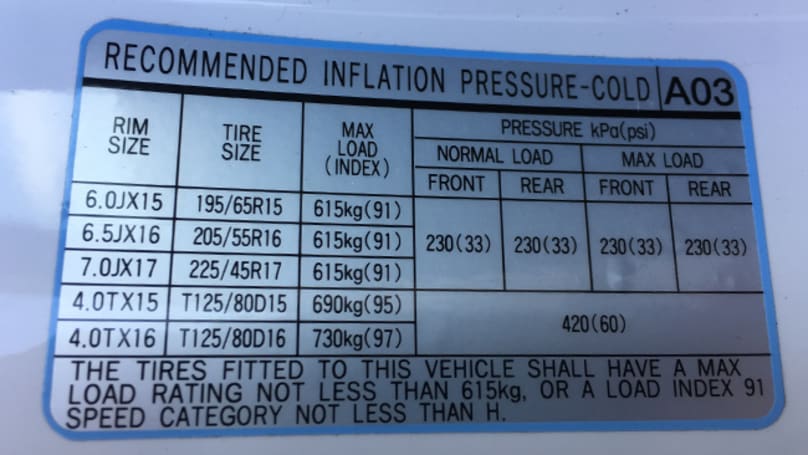 If the system is capable of simultaneous detection of low tire pressure warning and malfunction system, TPMS system malfunction indicator and indicator device low tire pressure may light up at the same time. For example, if in If the front left wheel sensor fails, the indicator will light up. system malfunction, but the pressure in the remaining tires will be lower than required, this can be indicated on the indicator device at the same time as the TPMS malfunction indicator light is on.
If the system is capable of simultaneous detection of low tire pressure warning and malfunction system, TPMS system malfunction indicator and indicator device low tire pressure may light up at the same time. For example, if in If the front left wheel sensor fails, the indicator will light up. system malfunction, but the pressure in the remaining tires will be lower than required, this can be indicated on the indicator device at the same time as the TPMS malfunction indicator light is on.
We recommend having an authorized Kia dealer check the system.
• System fault indicator T may also come on when driving vehicle past power cables or radio transmitters (such as past the post of automobile inspection, government agencies, broadcasting stations, military installations, airports, transmitting stations etc. The resulting interference may cause the system to malfunction. tire pressure monitoring (TPMS).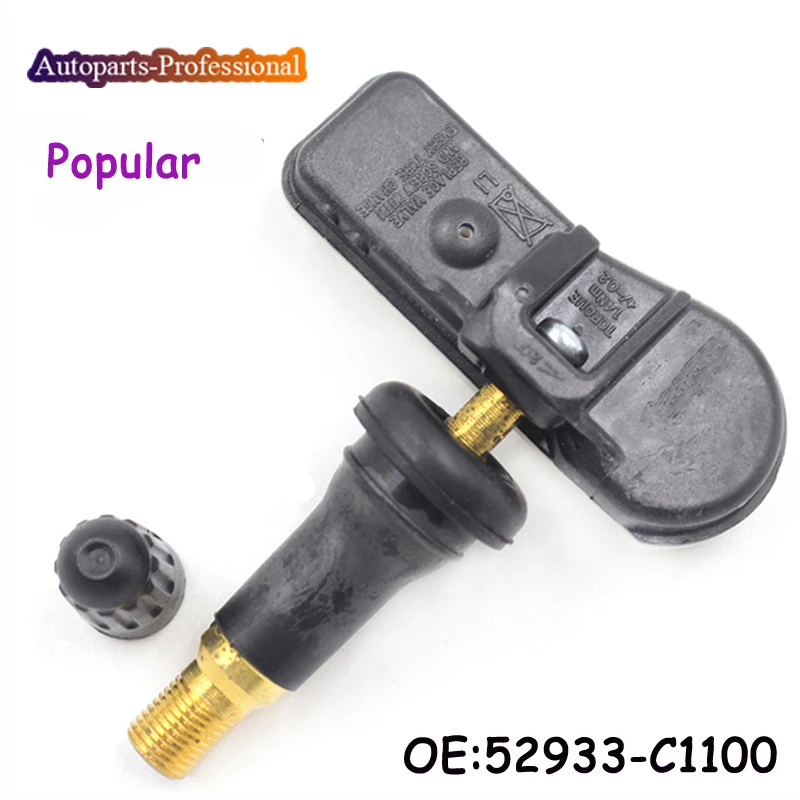
• The TPMS malfunction indicator may illuminate if chains are on the tires. anti-skid or the vehicle uses any electronic devices (such as laptop, charger for mobile phone, remote starter, satellite navigation system etc.). This may interfere with the normal functioning of the control system. tire pressure (TPMS).
Replacing a tire equipped with TMPS
If the tire is flat, the Low Tire Pressure and Position (position). We recommend contacting an authorized Kia dealer. to check the system.
Kia approved sealant is recommended.
Sealant from the tire pressure sensor and the wheel will be removed when changing the tire to a new one.
Each wheel has a tire pressure sensor that is installed inside the tire behind the spool rod. Need to use wheels TPMS compatible. It is recommended to always perform maintenance tires from an authorized Kia dealer.
The indicator device will continue to burn even after replacing the blown wheels on the spare until the deflated tire is repaired and installed.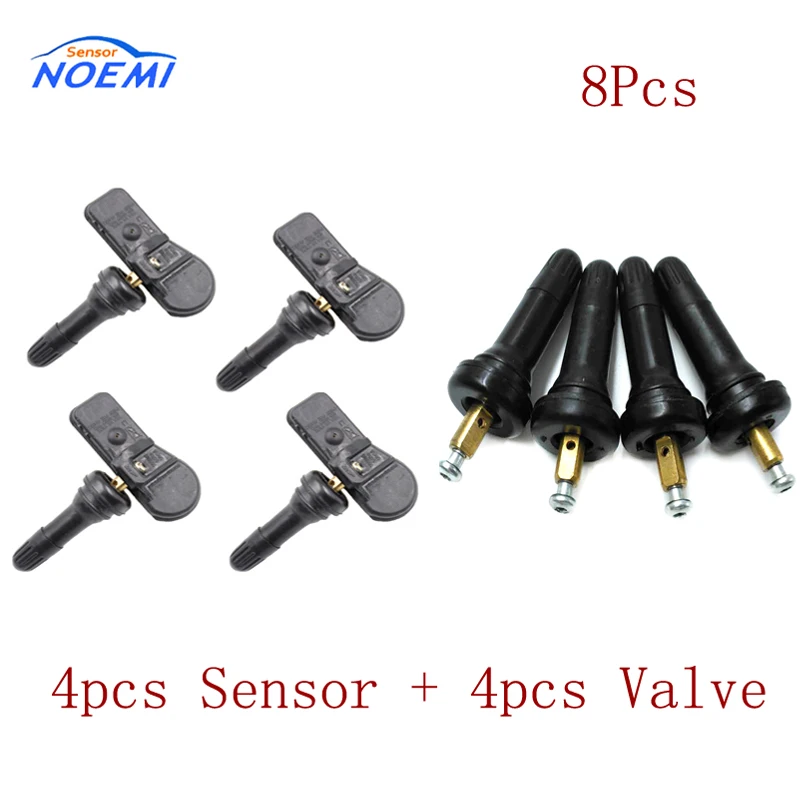
In the event of replacing a flat tire with a spare fault indicator TPMS system may turn on and burn for several minutes, because the TPMS sensor installed in the spare tire did not pass initialization.
After restoring the required pressure in a flat tire and installing this wheel back to the vehicle or perform TPMS sensor initialization in spare wheel at an authorized Kia dealer station, indicator TPMS malfunctions and low tire pressure indicator device turn off after a few minutes of movement.
If the indicator does not turn off within a few minutes of starting movement, we recommend having an authorized Kia dealer check the systems.
ATTENTION in case of replacement of the original wheel with spare tire, the TPMS sensor needs to be initialized on installed spare tire and deactivate the TPMS sensor on the removed original wheel. If not deactivate the TPMS sensor on the original wheel and place this wheel in the spare wheel holder, the system tire pressure monitor may not function properly.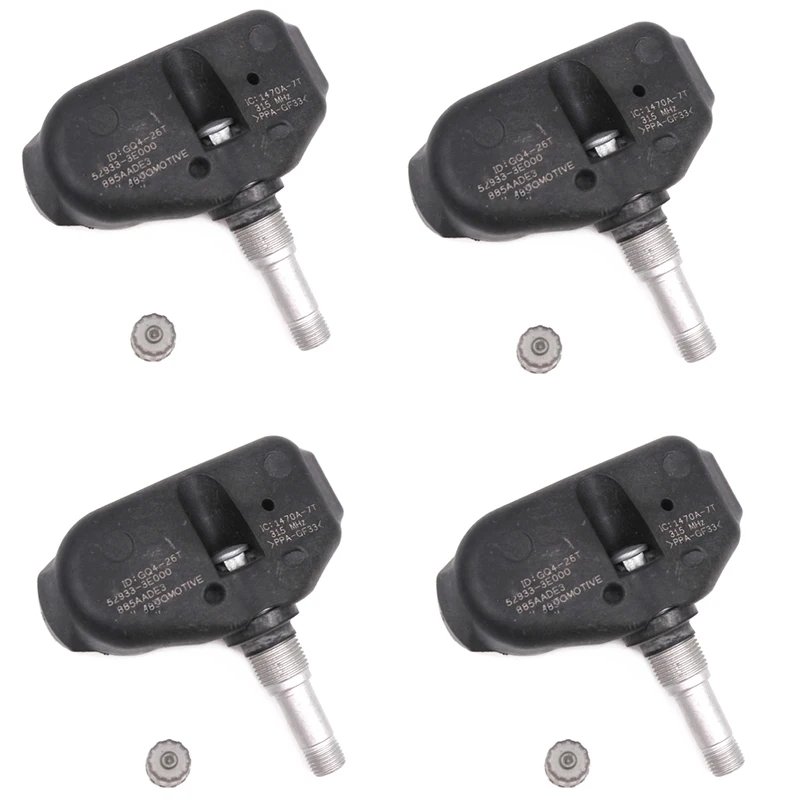 Recommended Have the system serviced by an authorized Kia dealer.
Recommended Have the system serviced by an authorized Kia dealer.
A tire with a low pressure may not differ in appearance from tires with normal pressure. To measure tire pressure always use good quality gauges. Please note that in a bus with more than high temperature (e.g. after driving) will be a higher level pressure, compared to a colder tire (if the car was not moving for more than 3 hours or traveled less than 1.6 km in a 3-hour period). Wait until the tire has cooled down before measuring the tire pressure.
Before inflating a tire to the recommended pressure, make sure the tire is has a normal temperature.
This means that the vehicle has not moved for 3 hours or has passed less than 1.6 km in a 3-hour period.
If the vehicle is equipped with a tire pressure monitoring system, we recommend use a Kia approved sealant. Liquid sealant can damage tire pressure sensors.
• The TPMS is not designed to alert you to sudden damage.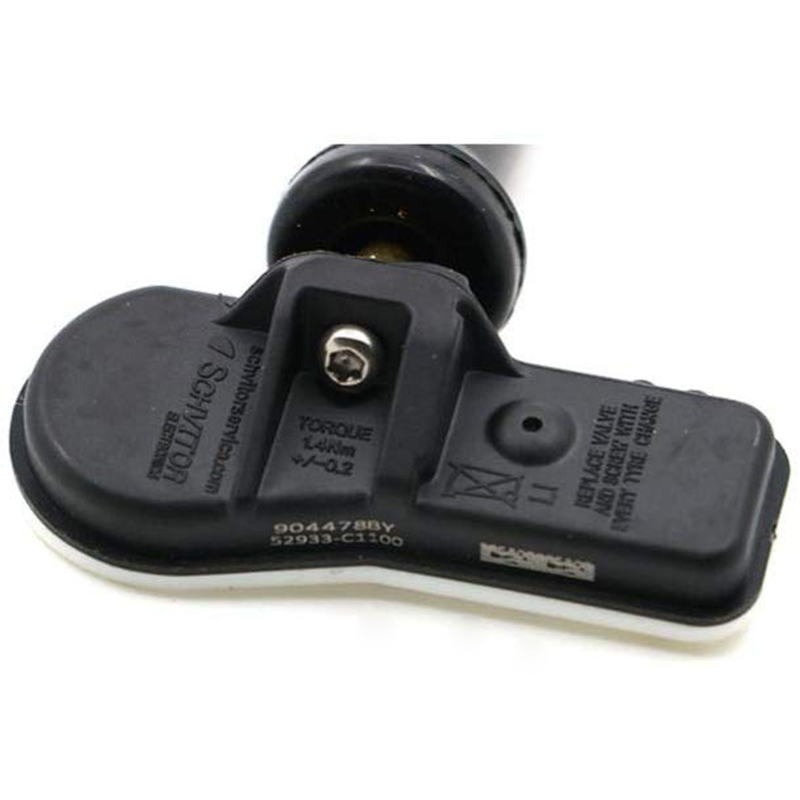 tires caused by external factors such as sharp objects on the road.
tires caused by external factors such as sharp objects on the road.
• If the vehicle's behavior on the road becomes unstable, immediately remove your foot from the gas pedal, gently and with little effort press the pedal brakes and bring the vehicle slowly to a safe position on the road.
Improper use, modification or disabling of system components tire pressure monitoring system (TPMS) can affect the system's ability to alerting the driver of low tire pressure or system malfunction TPMS. Misuse, modification or disabling of components tire pressure monitoring system (TPMS) may invalidate warranty for this vehicle system.
• Do not modify the vehicle as this may affect the functionality of the TPMS system.
• Commercially available wheels are not equipped with TPMS sensors.
Replacement parts recommended for safety from an authorized Kia dealer.
• If commercially available wheels are used, the Kia dealer-approved TPMS sensors are used.